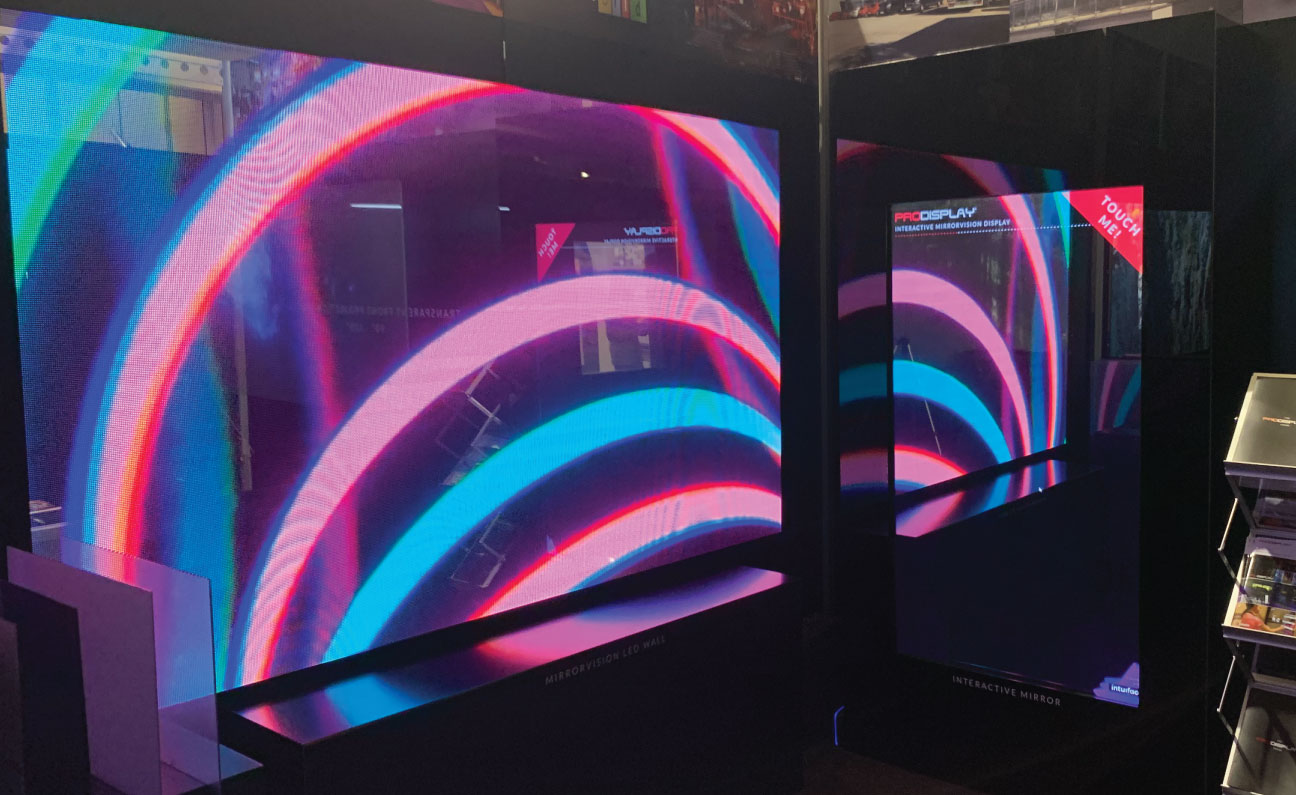Exploring the Longevity of Light Emitting Diode Wall Panels in Comparison to Conventional Display Technologies
Exploring the Longevity of Light Emitting Diode Wall Panels in Comparison to Conventional Display Technologies
Blog Article
LED panel screens have become increasingly popular in recent times, especially in environments like educational institutions, businesses, and public areas. These screens use LED diodes (LEDs) to create vivid and lively visuals. One of the most significant advantages of LED technology is its longevity in contrast to traditional display technologies, such as cathode tube monitors (CRTs) and LCD display displays. Understanding the differences in duration and functionality between these options can help buyers make informed choices about their screen requirements.
Traditional display methods, like CRTs, have been around for many decades. They were commonly used in TVs and computer monitors. However, CRTs have a limited lifespan, typically lasting around 10,000 to 20,000 hours of use. This means that after a couple years, users may observe a decline in picture clarity, such as dimming or color deformation. In contrast, LED wall screens can last significantly longer, often exceeding 50,000 hrs. This extended duration means that consumers can enjoy reliable functionality without the need for regular substitutions.
Another important factor to take into account is power efficiency. LED wall screens consume less energy than traditional displays, which not only benefits the ecosystem but also reduces power expenses. For example, while a CRT monitor may use approximately 100 watts of energy, an LED screen can use as little as 30 to 50 W. This discrepancy in energy usage adds to the overall longevity their explanation of LED innovation, as lower power usage generates minimal thermal energy. Excessive thermal energy can harm electronic parts, resulting to a shorter lifespan for conventional screens.
In addition to their longer duration and energy efficiency, LED panel screens also offer superior image quality. They provide more vivid hues and better contrast, making them ideal for multiple uses, from advertising to educational displays. The innovation behind LED screens allows for a wider viewing angle, meaning that visuals remain clear and lively even when seen from the side. This is a significant advantage over traditional screens, which frequently experience from color distortion and diminished luminosity at broader perspectives.
In conclusion, the longevity of LED panel screens in contrast to traditional display technologies is a key aspect for buyers to consider. With lifespans that can exceed 50,000 hours, power conservation, and superior image quality, LED innovation provides many advantages. As innovation continues to advance, LED panel screens are probably to become even more prevalent in various settings. Understanding these distinctions can assist individuals and organizations make better choices when investing in screen innovation, ensuring they receive the best worth for their requirements.